Optimizing Direct-to-Film Transfers: Comprehensive Quality Assessment Guide
Direct-to-Film (DTF) transfers offer cutting-edge printing technology for high-quality prints on var…….
In today’s rapidly evolving technological landscape, “DTF (Direct Transfer Function) transfer samples” have emerged as a game-changer in data exchange and communication. This innovative approach enables the seamless transfer of complex data sets, opening up new avenues for collaboration, research, and economic growth worldwide. This article aims to provide an comprehensive guide to understanding DTF transfer samples, their impact, and the various facets that shape their significance. From its technical foundations to global adoption and future prospects, we will explore how DTF transfer samples are revolutionizing data-intensive industries and international interactions.
DTF transfer samples represent a cutting-edge technology in data transmission, specifically designed for handling large-scale, high-dimensional datasets. It is a method that facilitates direct data transfer between systems or devices without the need for intermediate formats or complex encoding. This process involves capturing the inherent properties and patterns within data using mathematical functions, known as transfer functions, which are then applied to create a compact representation.
The core components of DTF transfer samples include:
Historically, the concept of DTF transfer has its roots in signal processing and data compression techniques dating back several decades. However, recent advancements in computational power, mathematical modeling, and network infrastructure have propelled it into a powerful tool for modern applications.
The impact of DTF transfer samples is felt across diverse sectors and regions worldwide, shaping global trends and fostering international collaboration. Here’s an overview:
| Region | Impact and Trends |
|---|---|
| North America | Leading in tech innovation, the US and Canada are early adopters of DTF for scientific research and data-intensive industries like healthcare and finance. |
| Europe | With a strong focus on data privacy and security, European countries are implementing DTF for secure data transfer while ensuring compliance with GDPR. |
| Asia Pacific | Rapidly growing tech hubs in China, Japan, and South Korea are utilizing DTF to drive advancements in AI, robotics, and semiconductor industries. |
| Middle East & Africa | These regions are leveraging DTF for efficient energy grid management, remote sensing applications, and enhancing digital infrastructure. |
| Latin America | Brazil and Mexico are exploring DTF for big data analytics and smart city initiatives, aiming to bridge the digital divide. |
International organizations and collaborations play a pivotal role in shaping global trends. For instance, the World Economic Forum’s initiatives on data governance and interoperability promote the responsible use of DTF transfer samples to foster trust and cooperation among nations.
The economic implications of DTF transfer samples are significant, impacting various sectors and market dynamics:
Market Growth: The global DTF market is projected to grow at a CAGR of 12% from 2023 to 2030, reaching USD 15.6 billion (Source: Grand View Research). This growth is driven by increasing data volumes, rising demand for real-time data transfer, and growing applications in AI and machine learning.
Investment Patterns: Governments and private investors are allocating substantial funds to research and development of DTF technologies. China’s national strategy on artificial intelligence includes significant investments in data infrastructure and DTF-related R&D.
Economic Systems and Trade: DTF facilitates efficient data exchange, enhancing international trade and economic partnerships. It enables businesses to collaborate across borders, share insights, and make data-driven decisions, potentially boosting global GDP.
Technological innovations are at the heart of DTF’s success, driving its capabilities and potential:
Quantum Computing Integration: The combination of DTF with quantum computing promises unprecedented data processing power. Quantum algorithms can optimize transfer functions, enabling faster compression and reconstruction, especially for complex datasets.
Edge Computing: Edge devices can process and transmit DTF samples locally, reducing latency and network congestion. This is particularly useful in Internet of Things (IoT) applications and remote locations.
AI-Driven Function Design: Artificial Intelligence algorithms can assist in designing transfer functions tailored to specific data types and use cases. Machine learning models can adapt and optimize these functions over time, improving data representation accuracy.
Secure Data Transfer Protocols: Advanced encryption and authentication methods are being developed to safeguard DTF samples during transmission, addressing growing security concerns.
DTF transfer samples find applications in various industries, revolutionizing the way data is handled:
While DTF transfer samples offer immense potential, several challenges must be addressed to ensure its widespread adoption and success:
The future of DTF transfer samples looks promising, with potential implications for virtually every aspect of society:
DTF transfer samples represent a transformative technology in the digital age, bridging the gap between vast amounts of data and its efficient utilization. Its global impact, economic significance, and diverse applications highlight its potential to shape a more connected, informed, and sustainable world. As this technology continues to evolve, addressing challenges and harnessing new advancements, DTF will undoubtedly play a pivotal role in the future of data-driven innovation.

Direct-to-Film (DTF) transfers offer cutting-edge printing technology for high-quality prints on var…….

Direct-to-Film (DTF) transfers offer a cutting-edge method for creating high-quality prints with pre…….
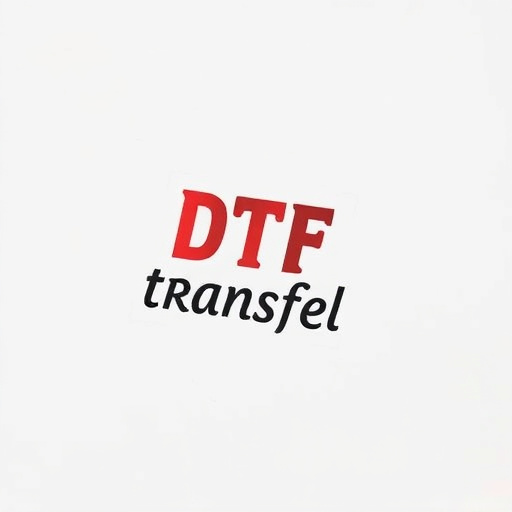
Direct-to-Film (DTF) transfers are revolutionizing the printing industry by enabling high-quality pr…….
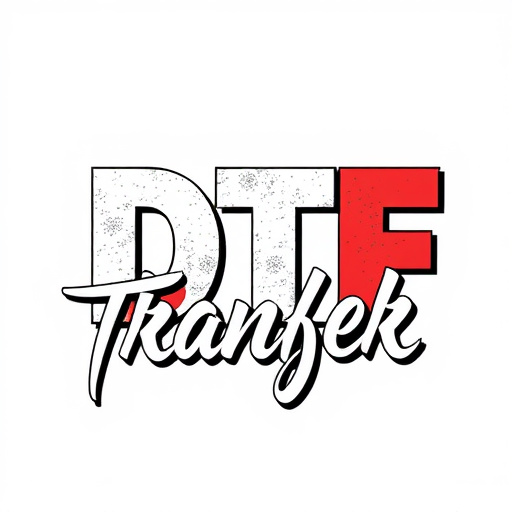
DTF Printing is a cutting-edge technology revolutionizing content creation across industries, offeri…….
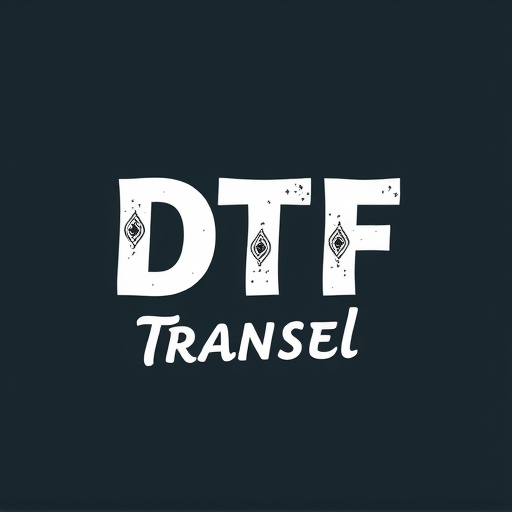
In the realm of film preservation, Direct-to-Film (DTF) transfers have emerged as a game-changer. Th…….

Direct-to-Film (DTF) transfers are a game-changer in film preservation, directly digitizing original…….
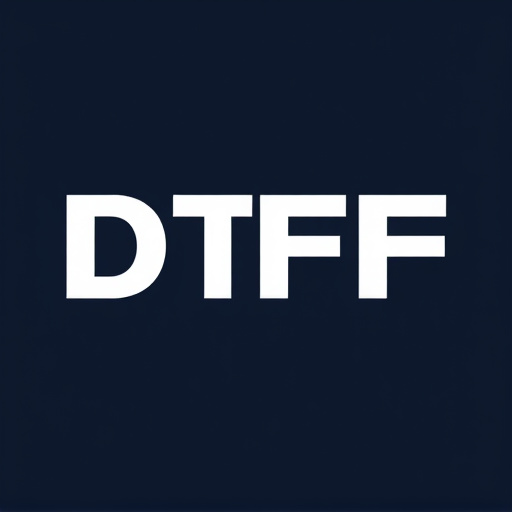
Direct-to-Film (DTF) prints represent a cutting-edge approach to film preservation, offering high-fi…….

Direct-to-Film (DTF) transfers are a state-of-the-art method for digitizing analog films, preserving…….
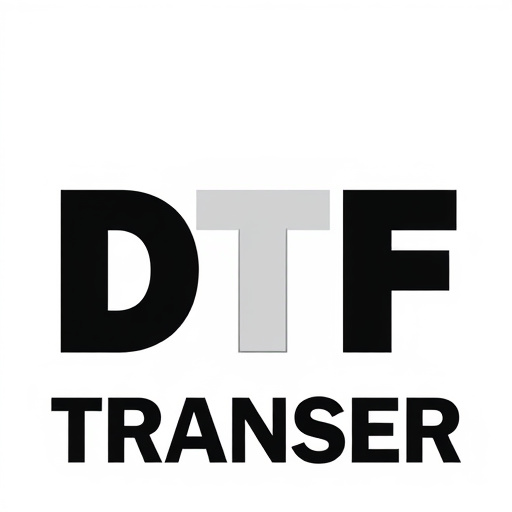
Direct-to-Film (DTF) printing is a cutting-edge technology for film transfer, offering superior qual…….